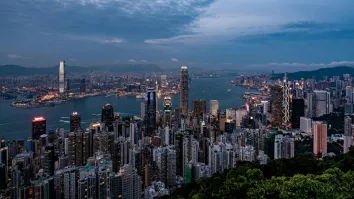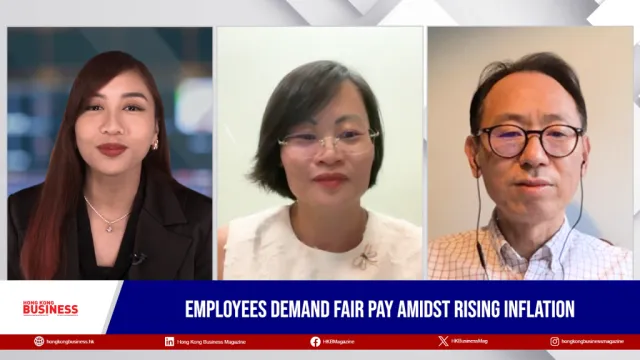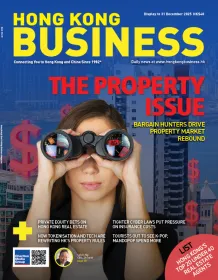
Hong Kong’s economy is worse than expected
A serious slowdown in growth in the first quarter is blamed on weak exports.
Hong Kong’s GDP inched forward by just 0.4% in the first quarter of this year from a 3.0% rise in the fourth quarter of 2011. It is the slowest year-on-year pace since the fourth quarter of 2009 when the economy grew 2.5%, and much lower than many analysts’ estimates.
On a seasonally adjusted basis, Hong Kong’s GDP grew 0.4% this first quarter, unchanged from the fourth quarter but remained below the median forecast by analysts for a 1.0% expansion.
Government economist Helen Chan said the city's economy likely bottomed out in the first quarter and would gradually regain momentum in the coming quarters. She noted that exports should see growth during the year.
She said the weak performance was mainly due to a lull in exports amid a difficult external environment. The domestic sector, however, continued to show strength and helped cushion overall economic performance.
The downside risks in the external environment remain notable, she said, due mainly to the lingering Eurozone sovereign debt crisis. China’s stable economy and a strengthening U.S. economy will provide some support to Hong Kong’s exports, she said, adding forecast GDP growth remains at 1% to 3% for 2012 as a whole.
The main cause of Hong Kong's worse than expected growth in the first quarter was a 5.7% year-on-year drop in exports. This contrasts with a 2.0% rise in the previous quarter and seems to indicate a slowdown in global demand fueled by the ongoing Eurozone debt crisis.
Total merchandise exports fell by 5.7% over a year earlier while total exports of services grew by 3.6% because of strong inbound tourism.
Analysts believe the biggest downside risk remains the contagion from Europe's stubborn sovereign debt crisis and spreading recession, especially if it slows the U.S. recovery or speeds-up the pace of European bank lending withdrawal from Asia
Private consumption expenditure in Hong Kong rose 5.6% due to improved income conditions. Investment spending also increased 12.2% on active machinery and equipment acquisition,and public sector infrastructure works.



















 Advertise
Advertise









